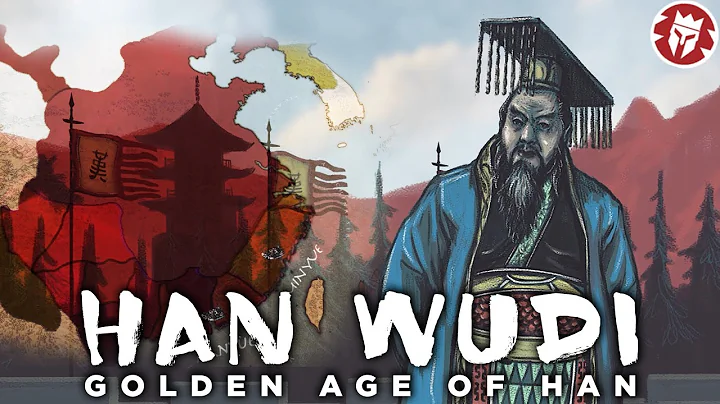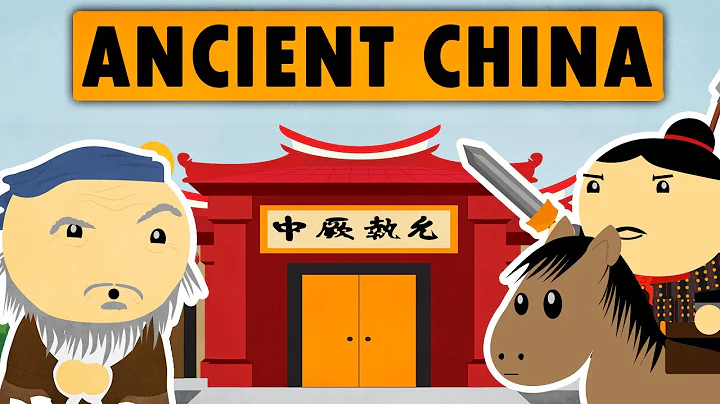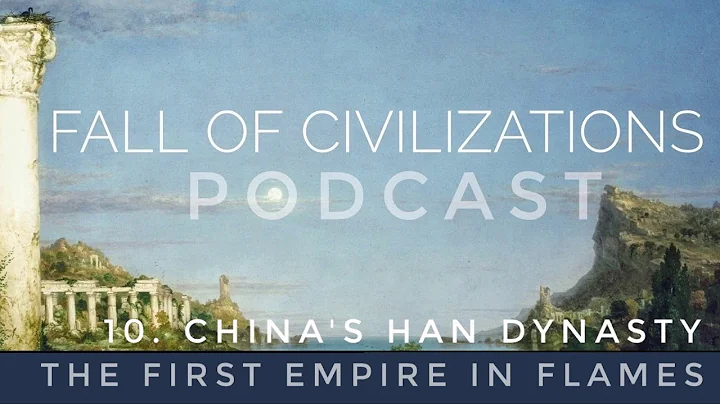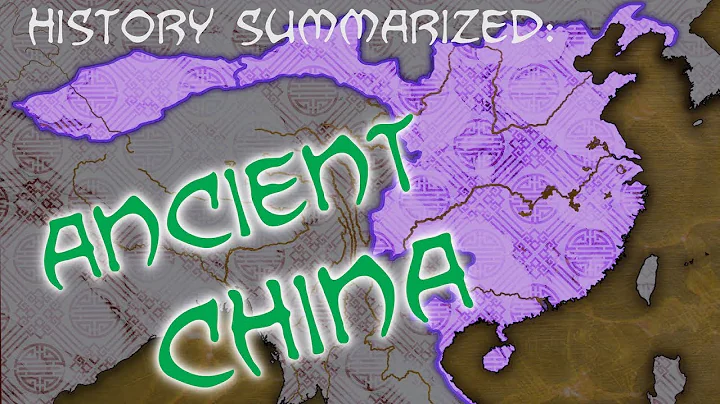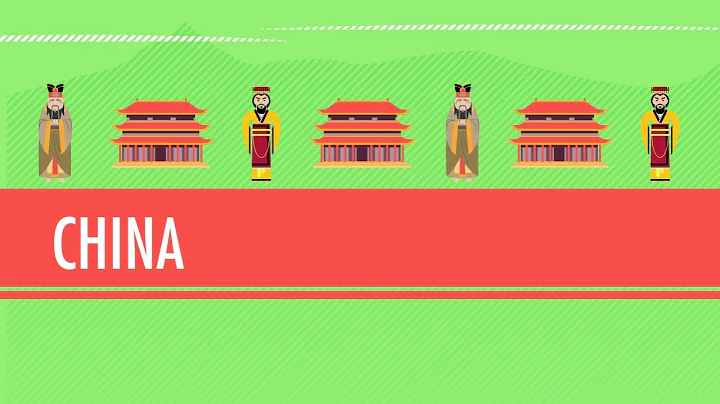As the earliest unified country in China, the Qin and Han Empires have gone through a history of about four hundred years. On the contrary, starting from the turn of the next 2-3 centuries, it entered a terrible four hundred years of chaos and division. We will give an overview of this era. This era, known as the "Wei, Jin, Southern and Northern Dynasties", did not end until near the end of the 6th century when the Sui Empire once again unified China. About three hundred years after that, the splendid (at least on the surface) Sui and Tang imperial eras followed. The Wei, Jin, Southern and Northern Dynasties, which were sandwiched between the Qin, Han, Sui and Tang empires, can only be regarded as the so-called dark and trough era.

Paintings of the Wei, Jin, Southern and Northern Dynasties
From a political point of view, this was indeed a troubled time. Mencius, known as the Lesser Sage after Confucius , once proposed that the historical process is the change of "one rule and one chaos". According to Mencius, the era of King Yu from Yao and Shun to the Xia Dynasty continued the beautiful and prosperous age. Then the Xia Dynasty gradually declined and was in chaos, and by the time of Xia Jie, the chaos had reached its peak. King Tang of the Yin Dynasty crusaded against Xia Jie, and returned to a prosperous and prosperous age. When the Yin Dynasty came to King Zhou , the troubled times reached its peak, so King Wen of King Wu and other famous kings restored it to a beautiful world. And the "King of Zhou" will eventually decline, and now we are in a time of great chaos.
If we start from this political perspective, our era of Wei, Jin, Southern and Northern Dynasties, which spans four hundred years, will be an era of "one chaos" in the huge cycle of "one rule and one chaos". Compared with the 400 years of the Qin and Han empires, which were relatively well-governed, or the 300 years of the Sui and Tang empires that followed, these 400 years of troubled times can only be considered inferior in terms of value. And this kind of political view has reached this day, and even Mencius’ theory of “one rule and one chaos” no longer needs to be mentioned. why? Because until now, some people still think that Chinese history is just a repeated stage of the rise and fall of huge autocratic countries. Until the impact of European civilization in the mid-19th century, China was still sleeping in a dream of long stagnation.
In fact, since the 10th century after the fall of the Tang Empire, Chinese history has been the rise and fall of huge empires such as the Song, Yuan, Ming and Qing. It is easy for people to think that as long as they understand that these autocratic countries form the backbone of Chinese history, understand what kind of organization this autocratic monarchy’s national government is, why it perished, and why it re-emerged, it is enough to grasp the situation. Learn the key to understanding Chinese history. When we focus our attention on the autocratic monarchy system, it is naturally easy to regard the Wei, Jin, Southern and Northern Dynasties, which failed to establish this system for four hundred years and continued to be chaotic and divided, as an abnormality in Chinese history. Times, cast a contemptuous look.

Modern antique painting
However, should the Wei, Jin, Southern and Northern Dynasties really be regarded as a dark and trough era, or an abnormal era and be despised?
Originally, the so-called troubled times were intense times, times when people's energy surged and became unstoppable. The Spring and Autumn Period and the Warring States , which Mencius called the "chaos" era, were precisely the glorious era when Confucius was the leader and hundreds of schools of thought contended, which raised the level of Chinese civilization in one fell swoop. Politically chaotic times can turn into a gorgeous era when the flowers of civilization bloom. This is the same whether in the East or the West. Our Wei, Jin, Southern and Northern Dynasties era is definitely not an era of darkness and trough. (That’s it for today. If you are interested, please follow the editor and I will continue to explain to you tomorrow the Wei, Jin, North, and South, and use the fragmented time to learn cultural knowledge you don’t know)


